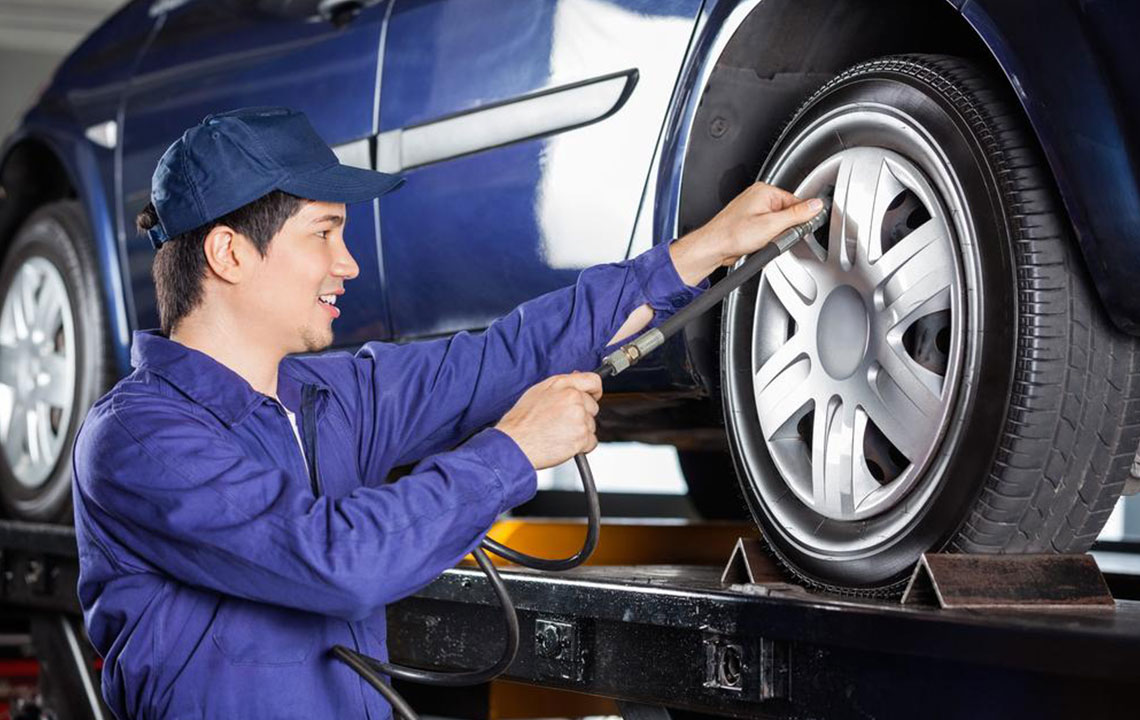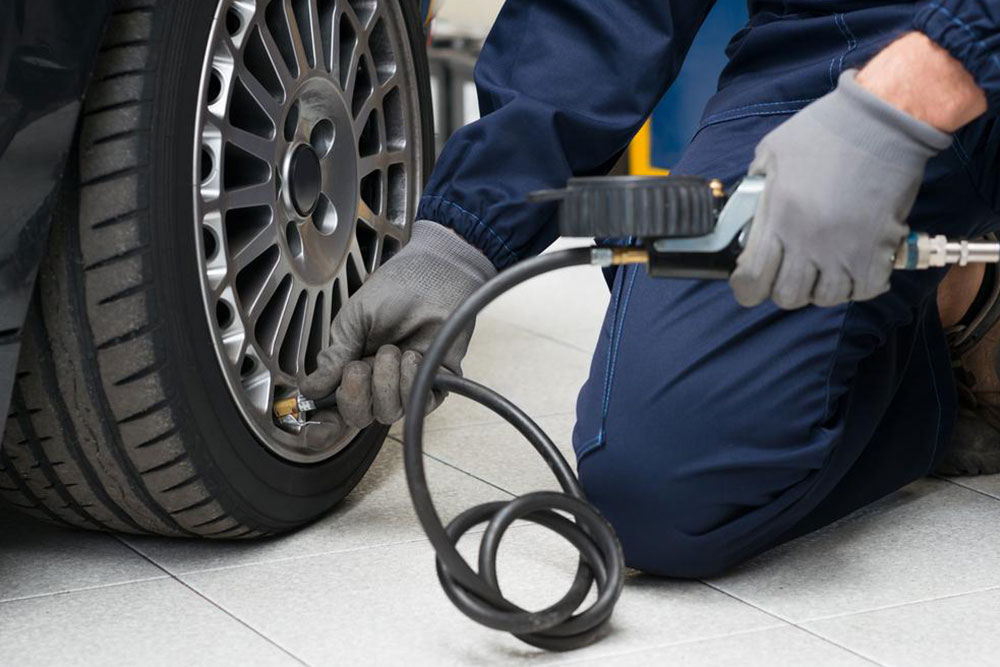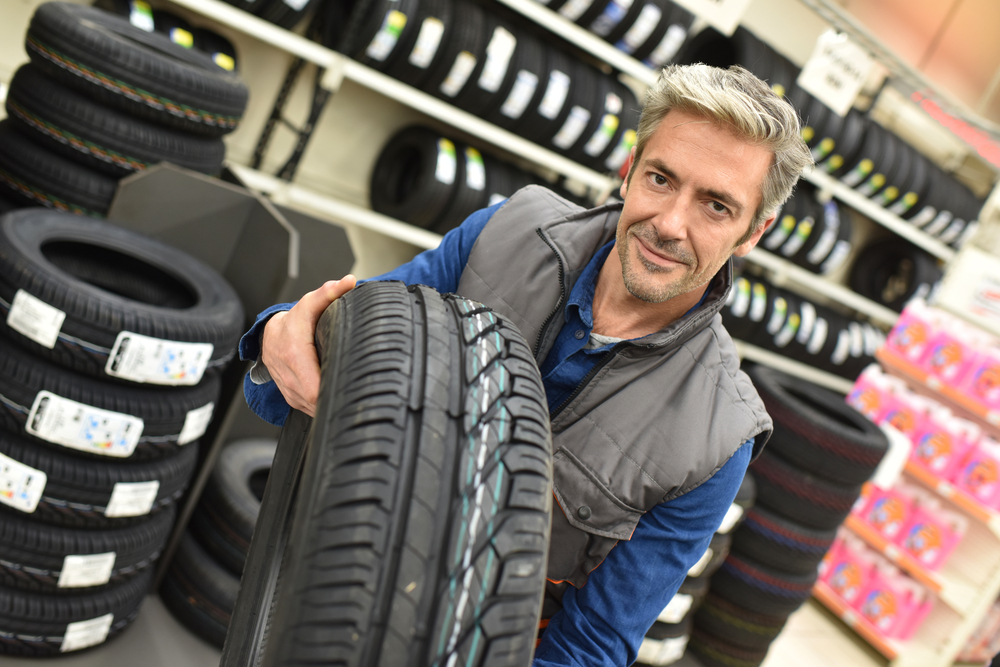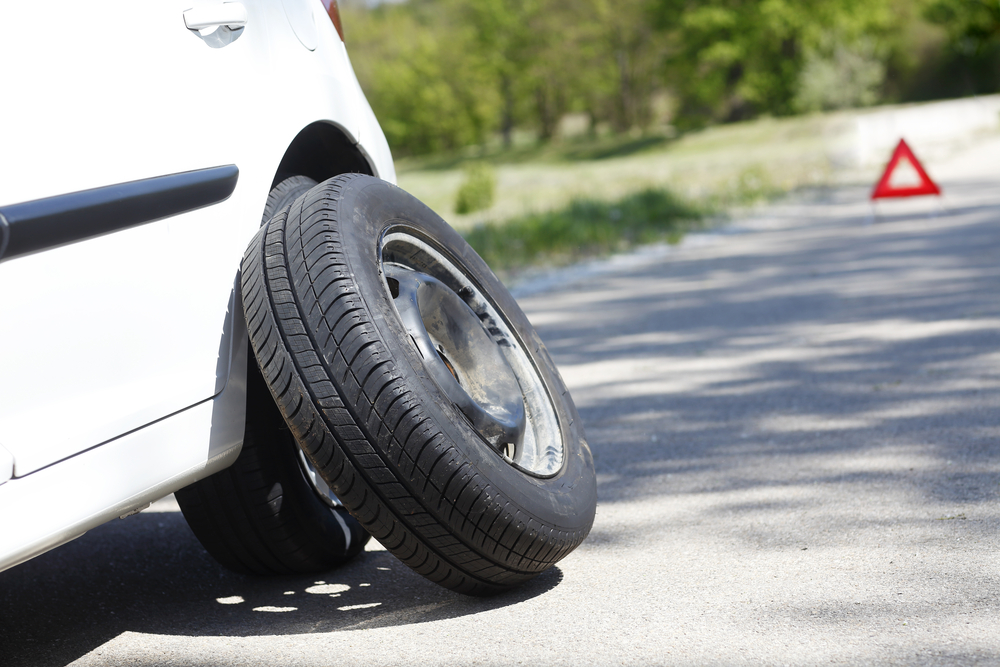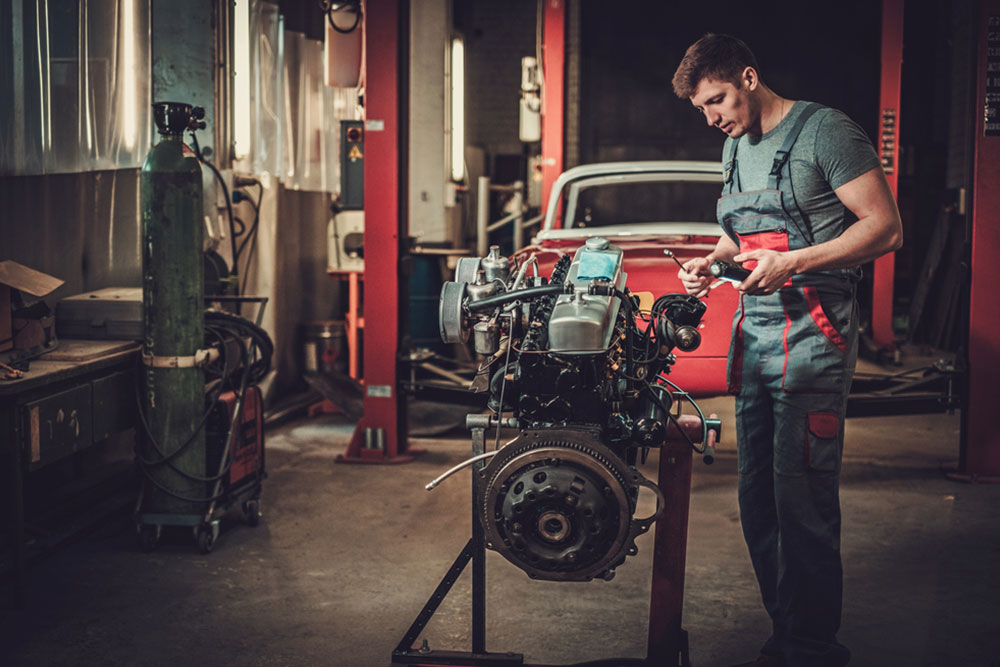Comprehensive Guide to Effective Car Tire Maintenance for Safety and Longevity
Learn essential tips for maintaining your car tires to ensure safety, extend their lifespan, and improve vehicle performance. This comprehensive guide covers tire pressure, alignment, rotation, inspection, and storage best practices, helping drivers avoid costly repairs and enjoy safer driving experiences.
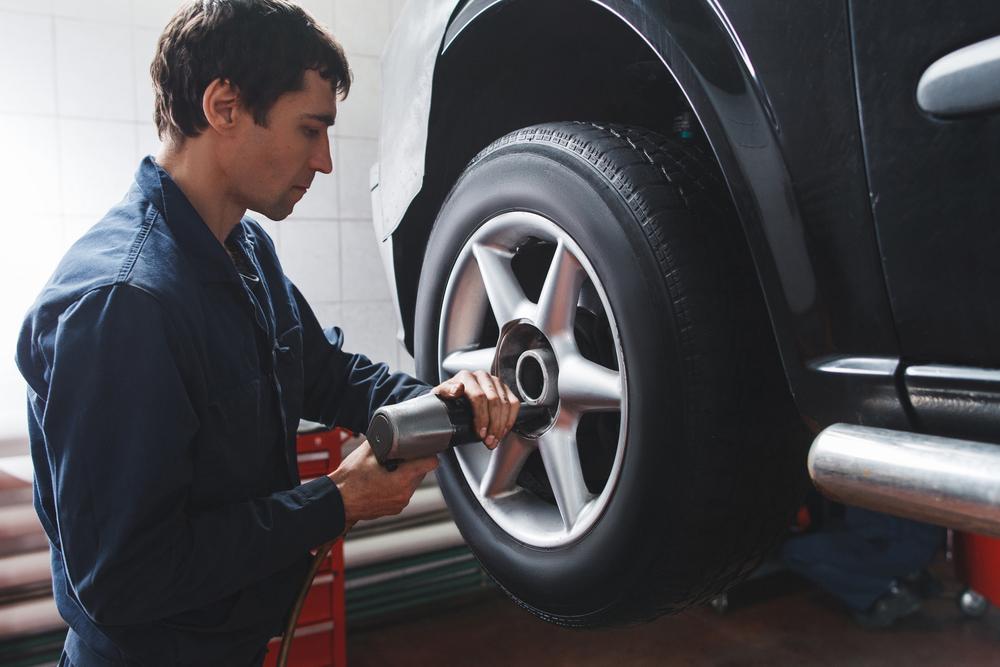
Car tires are essential components that directly influence vehicle safety, handling, and overall performance. Despite their importance, many drivers tend to neglect routine tire maintenance, which can lead to uneven wear, decreased fuel efficiency, increased risk of blowouts, and premature tire replacement. Implementing a regular maintenance schedule not only enhances safety but also provides economic benefits by extending the lifespan of your tires and reducing repair costs.
Understanding the critical aspects of tire care—such as proper inflation, alignment, rotation, and inspection—is fundamental for every vehicle owner. Maintaining optimal tire pressure is perhaps the simplest yet most impactful step. Under-inflated tires create more contact with the road, causing uneven wear and reducing fuel efficiency, while over-inflated tires can compromise grip and comfort. Always check tire pressure regularly using a quality gauge, ideally once a month and before long trips, and adhere to manufacturer-recommended PSI levels, which are specified in your vehicle’s manual.
Proper wheel alignment and regular tire rotations are vital for even wear distribution. Misaligned wheels can lead to uneven tire wear, pulling, and handling issues. Typically, tires should be rotated every 5,000 to 8,000 miles, or as recommended in your owner’s manual. During rotation, inspect tires thoroughly for signs of damage, including cuts, punctures, embedded objects, or sidewall bulges, which could indicate internal damage. Addressing small issues early can prevent costly repairs or replacements later.
Inspecting tires for damage extends beyond just visual checks. Feel for any irregularities when driving, such as vibrations or pulling. Use a high-quality tread depth gauge to measure tread wear—most tires are considered unsafe when tread depth drops below 2/32 of an inch. Uneven tread wear patterns might signal issues like misalignment, suspension problems, or improperly balanced tires. In such cases, seeking professional assistance is wise.
Cleaning your tires regularly with mild soap and water removes dirt, brake dust, and grime, which can degrade rubber over time. Applying tire dressings can also help maintain flexibility and protect against UV damage, which accelerates aging. When storing spare tires, keep them in a cool, shaded, and dry environment, free from direct sunlight, extreme temperatures, and chemicals that could accelerate rubber deterioration.
Before embarking on long journeys, it’s essential to verify the condition of your tires. Check both tread depth and sidewall integrity, ensuring there are no cracks, cuts, or bulges. Use a reliable pressure gauge to confirm tire pressures are within the recommended range, as under- or over-inflated tires can drastically affect safety and performance during travel.
If there is any doubt about your tires’ health, consulting a professional tire technician is highly advisable. They can perform comprehensive inspections, wheel alignments, and repairs if necessary. Regular maintenance routines—including pressure checks, rotations, inspections, and proper storage—not only extend the lifespan of your tires but also significantly improve your vehicle’s handling, safety, and fuel economy. Ultimately, proactive tire care is an investment that pays off by ensuring a safer and more economical driving experience.
In conclusion, tire maintenance may seem like a simple task, but its impact on vehicle safety and performance cannot be overstated. By following these comprehensive tips, drivers can avoid unnecessary expenses, enhance driving safety, and enjoy smooth, reliable trips on any road. Make tire care a priority in your vehicle maintenance routine for peace of mind and optimal vehicle operation.
